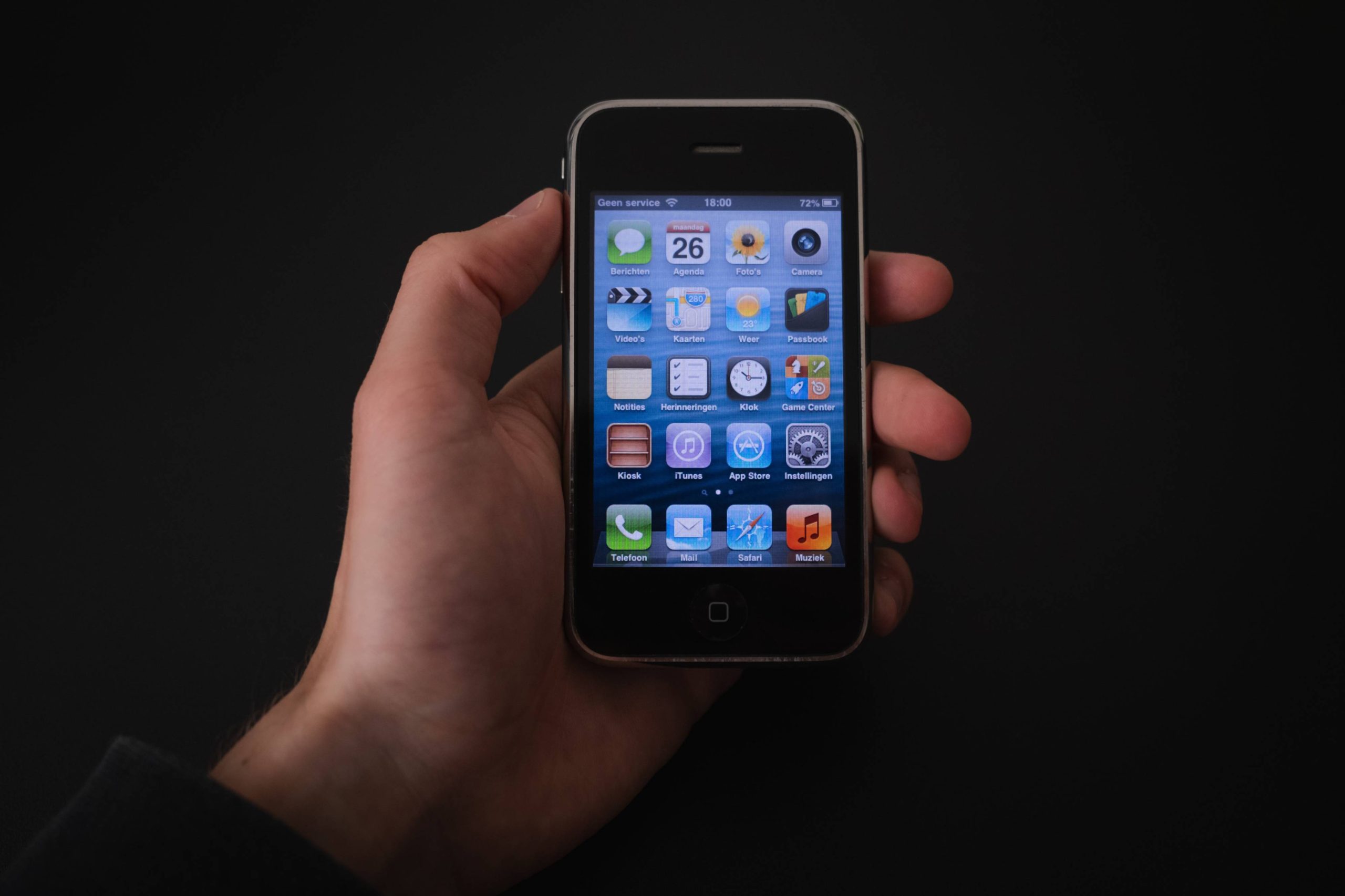It’s the end of an era: after nearly two decades, Verizon has announced that it will be discontinuing its 3G cellular connections. This marks the end of a technology that revolutionized the way we use our phones, allowing us to access the internet, stream videos, and do much more, all from our devices. In this blog post, we will explore what Verizon’s decision to end its 3G service means for customers.
The History of 3G
It may seem like 3G has been around forever, but the first commercial 3G networks were actually only launched in the United States in 2001. While the early adopters of 3G technology experienced relatively slow speeds and spotty coverage, Verizon wasn’t leaving people in the lurch. By 2003, Verizon had rolled out a nationwide 3G network that allowed customers to access high speed internet on the go. With its widespread coverage, Verizon’s 3G network made it easier for people to stay connected from anywhere.
In 2009, Verizon launched the first 4G LTE network, offering customers even faster download speeds. But even with the advancement of 4G LTE technology, 3G was still a viable option for many customers who did not need the highest speed data plan. Now, after almost 20 years of providing 3G service, Verizon has announced that it will be shutting down its 3G network for good in 2021.
Why is Verizon Ending 3G?
Verizon isn’t leaving people in the lurch, as the first commercial 3G networks launched in the US in 2001. With the advancement of 4G and 5G technology, Verizon has decided to end their 3G network service. This is due to the fact that 3G is not able to keep up with the demand of today’s users. Additionally, 3G technology is outdated, which means that it is less reliable and efficient than the newer generations of cellular technology. It also requires more power to transmit data and has a slower connection speed.
Verizon’s decision to phase out 3G reflects the larger trend of carriers switching from 3G to 4G and 5G networks. This is part of a broader shift towards more advanced communication technologies and better service for customers. By making this change, Verizon is ensuring that its customers can access the latest and greatest in wireless technology.
What Does This Mean for Verizon Customers?
Verizon isn’t leaving people in the lurch; in fact, they are giving customers plenty of time to prepare for the transition. The first commercial 3G networks launched in the US in 2001, and since then, Verizon has continually upgraded and improved their network, transitioning from 3G to 4G LTE. But now, with the upcoming shutdown of the 3G network, customers will need to start making plans for their devices and services.
Most devices will be impacted by this change, including smartphones, tablets, hotspots, and feature phones. Customers will need to check if their devices are compatible with the new 4G LTE network, and if not, they will need to upgrade to a newer device. Additionally, any services that depend on the 3G network may no longer be available, so customers should check with their service providers to see if there are any alternative solutions.
Verizon is also offering special deals and promotions to help customers make the transition easier. These offers can include discounts on new devices, trade-in promotions, and more. Customers should take advantage of these deals while they last.
The end of Verizon’s 3G network is a big change, but with careful planning and the right offers, customers can make sure that their devices and services continue to work seamlessly with the new 4G LTE network.
How to Prepare for the Transition
Verizon isn’t leaving people in the lurch as the company shifts away from 3G service. To make sure customers are not adversely affected, there are a few steps to take to prepare for the transition. The first commercial 3G networks launched in the US in 2001. Since then, many customers have accumulated years of data stored on their 3G-enabled devices. It is important to back up any information on these devices before the switch is made. Verizon recommends backing up data to an external storage device such as a computer, laptop, or hard drive.
It may be necessary to purchase a new 4G-enabled device, depending on your current 3G device. Verizon offers several models to choose from and can assist with the selection process. Additionally, all current Verizon plans that utilize 3G will be automatically switched to a compatible 4G plan when the transition is made. Customers should consult with Verizon representatives to ensure their plans are up-to-date and meet their needs.
Once all the necessary preparations have been made, Verizon customers can look forward to a smoother transition. All devices should automatically switch to the 4G network without issue and without interruption of service. By following these steps, Verizon customers can make sure they are properly prepared for the end of 3G service and ready to take full advantage of the improved speed and capabilities that come with the switch to 4G.
What are the Alternatives?
Verizon isn’t leaving people in the lurch, as The first commercial 3G networks launched in the US in 2001, so customers have been offered a number of alternative technologies over the years. Customers who are currently using 3G technology can switch to 4G LTE or 5G networks. 4G LTE is widely available and offers faster speeds and improved performance compared to 3G. 5G is the latest and greatest technology, offering super-fast speeds and enhanced capacity for streaming, gaming, and more. It is being rolled out in select markets around the country and will eventually be available to most Verizon customers.
